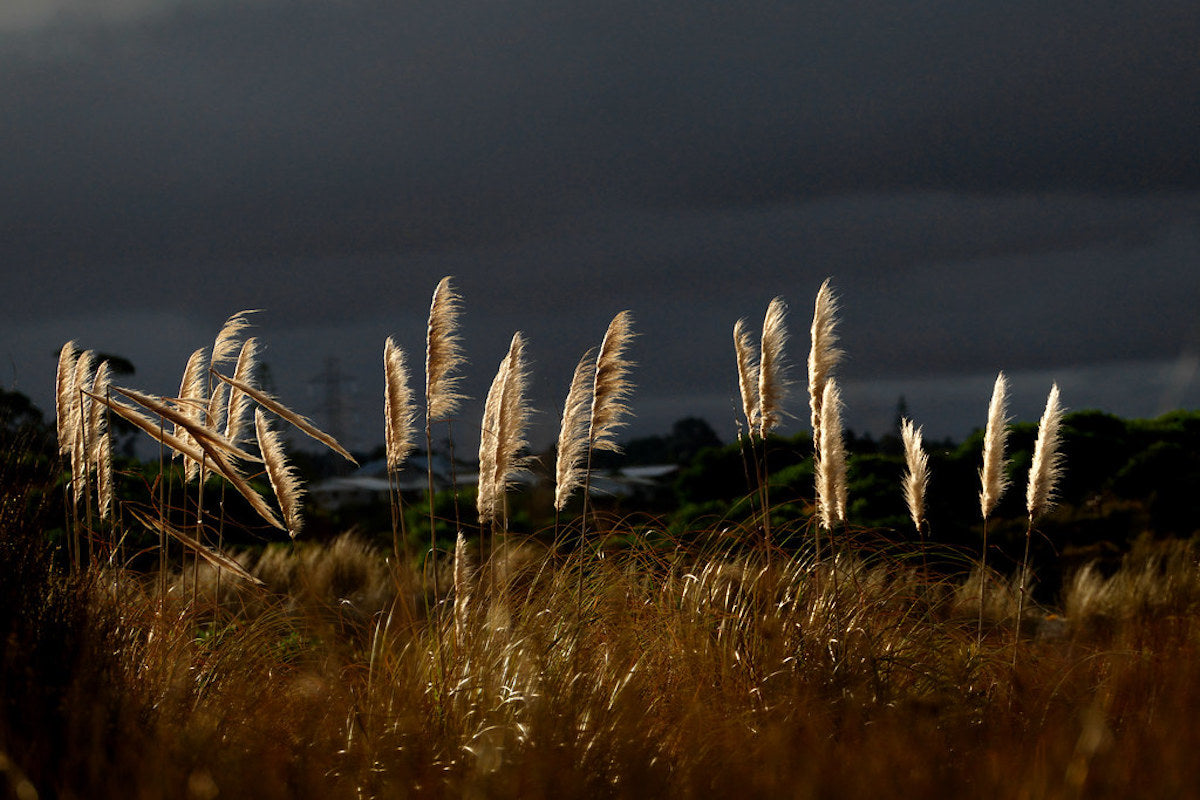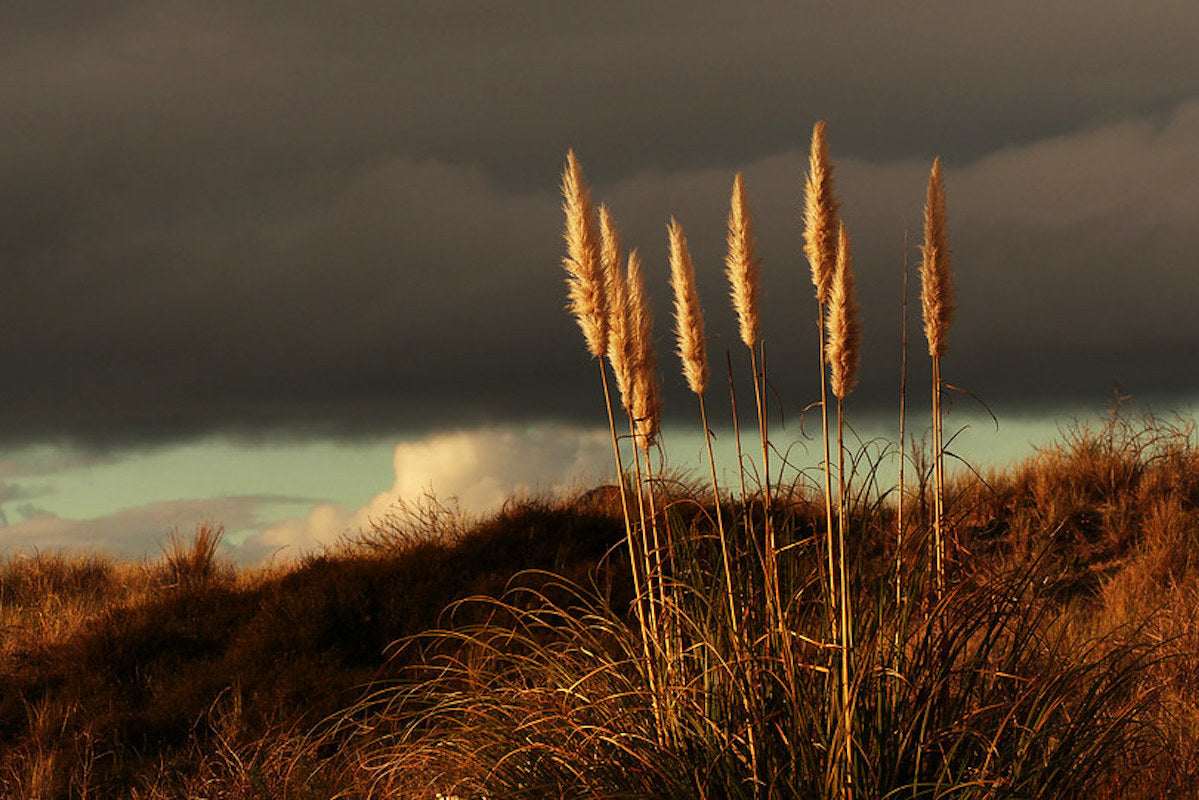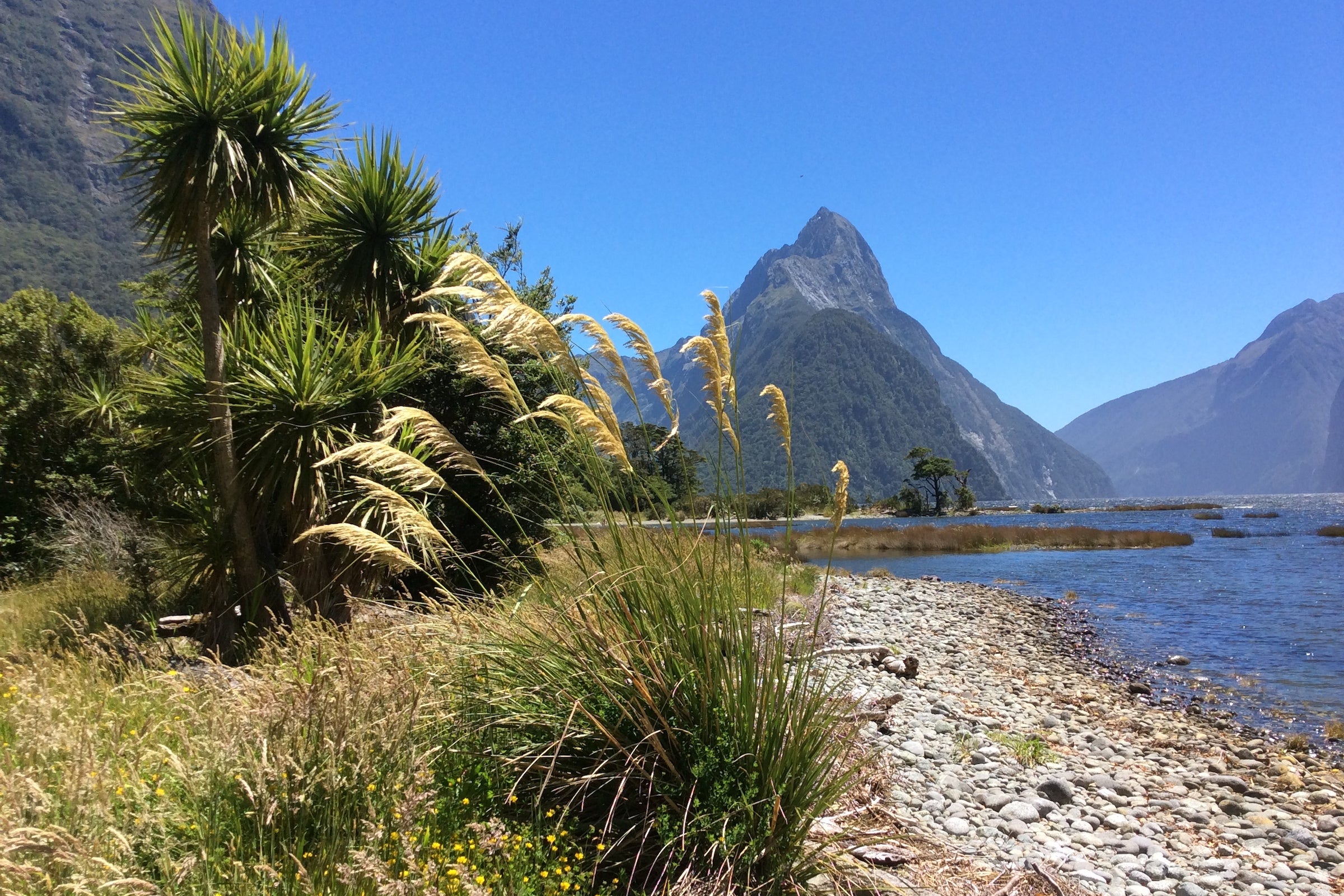Cortaderia richardii (Endl.) Zotov
Approx. 0.5 litre pot
About this cultivar:
Cortaderia richardii is an evergreen grass forming a dense clump of narrow, arching, leathery leaves, and long-lasting plume-like silvery-white inflorescences long. Commonly called Toe-toe (pronounced Toy-toy, the Māori name) it is the New Zealand equivalent of the better known South American Pampas grass but a bit smaller. and tidier. Has the Royal Horticultural Society Award of Garden Merit
The RHS has it as H5, not sure that is right - can be a bit tender if not established!
Photos from New Zealand!
- Position: Full sun, partial shade
- Soil: Almost any soil
- Flowers: August, September (flower heads keep structure throughout winter)
- Other features: Royal Horticultural Society Award of Garden Merit (RHS AGM)
- Hardiness: H5 - Hardy in most places throughout the UK even in severe winters (-15 to -10°C), Fully hardy
- Habit: Tufted, Clump forming
- Foliage: Evergreen
- Height: 150 - 200 cm (5 - 6.5 ft)
- Spread: 100 - 150 cm (3.3 - 5 ft)
- Time to full growth: 5 to 10 years
- Plant type: Grass like
- Colour: White, yellow, green
-
Goes well with: Shrubs and small trees like Ilex (Holly), Acer (Maple) and Cornus (Dogwood), but we also pair it with 'prairie' plants like Rudbeckia and other grasses.
About this genus:
Cortaderia is a genus of grasses in the true-grass family (Poaceae) that contains almost 30 species. The name is derived from the Spanish word "corta", meaning "cut". This term refers to the leaves which have finely serrated edges that can easily cut through human skin. Cortaderia species often have an attractive arching habit and tall feathery flower heads. The central prairie region of Argentina is called the pampas region and one of the primary plants of this area is Cortaderia, hence the common name pampas grass (which strictly speaking only belongs to the selloana species).
Books will say "Like most prairie plants, Cortaderia prefers full sun and well-drained soil. " Well, the ones we sell grow perfectly well here in wet clay at Ballyrobert; we have photographic evidence! Cortaderia is often a large plant and needs a large spot in the garden. It pairs well with other substantial plants such as shrubs and small trees like Ilex (Holly), Acer (Maple) and Cornus (Dogwood), but we also pair it with 'prairie'plants like Rudbeckia and other grasses.
If you ask me, this also looks great by the sea (check out the famous Mount Stewart gadrens in County Down). The large flower heads look like sails or flags blowing int he wind. Very nautical!






